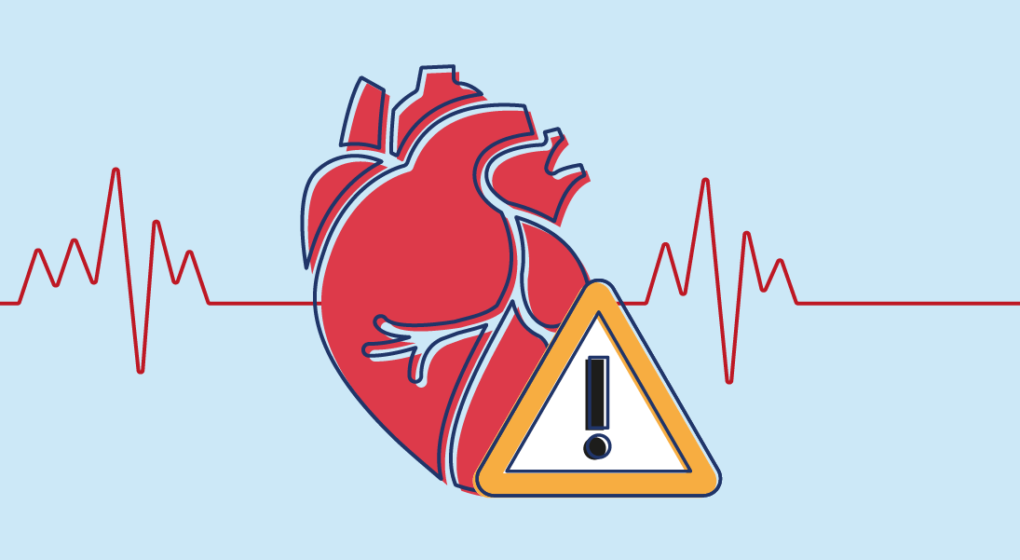Introduction
Heat waves are periods of extremely hot weather that are becoming more common due to climate change. These heat waves pose serious health risks, especially for vulnerable groups. One major health concern during heat waves is the increased risk of stroke. The connection between heat waves and strokes is complex and involves various factors. Understanding this connection can help us find ways to protect people during heat waves.
. How Heat Affects the Body
Body Temperature and Heart Stress
Our bodies work hard to keep a stable core temperature. During a heat wave, this process becomes very difficult. To cool down, our bodies increase blood flow to the skin and make us sweat more. This puts a lot of pressure on our hearts and blood vessels. For people who are older or have existing health problems, this extra stress can lead to a stroke.
Dehydration and Thickened Blood
Heat waves often cause dehydration because we lose more water through sweat. When we’re dehydrated, our blood becomes thicker and harder to pump. This can lead to blood clots, which are a major cause of ischemic strokes. An ischemic stroke happens when a blood clot blocks blood flow to the brain.
Electrolyte Imbalance
Electrolytes like sodium and potassium are important for keeping our cells working properly. When we sweat a lot during a heat wave, we lose these electrolytes. An imbalance can cause problems with our heart and increase the risk of stroke. Potassium, for example, is crucial for maintaining a healthy heart rhythm.
. Environmental and Social Factors
Hot Cities
Cities are usually hotter than rural areas because of concrete and asphalt that absorb and hold heat. This is called the urban heat island effect. Cities also have more people and higher pollution levels, which can further increase stroke risk during heat waves. People in cities might have less access to cooling resources, making them more vulnerable.
Income Inequality
Heat waves hit low-income people the hardest. They often don’t have air conditioning or other ways to stay cool. Poor housing, limited access to healthcare, and higher rates of chronic illnesses make these communities more at risk for strokes during heat waves. Social and economic factors play a big role in this increased risk.
.Who Is Most at Risk?
Older Adults
Older adults are more at risk during heat waves because their bodies can’t regulate temperature as well. They also tend to have more health issues. Age-related changes in the heart and blood vessels make it harder for them to handle extreme heat. Older people might not notice temperature changes or take steps to stay cool.
People with Health Problems
People with conditions like high blood pressure, diabetes, and heart disease are more likely to have a stroke during a heat wave. These conditions make it harder for the body to deal with heat stress. For example, high blood pressure can make it harder for the body to increase blood flow to the skin, and diabetes can affect the nerves that help regulate temperature.
. How to Prevent and Reduce the Risk
Public Health Measures
Public health campaigns can educate people about the risks of heat waves and how to prevent heat-related illnesses. Providing information on staying hydrated, avoiding strenuous activities during the hottest parts of the day, and recognizing heat-related symptoms can help reduce the risk. Setting up cooling centers where people can go to stay cool is also important.
Community and Healthcare Preparation
Communities should have plans in place to deal with heat waves, including emergency response plans and improved infrastructure. Healthcare systems need to be ready to handle more heat-related illnesses during heat waves. Training healthcare providers to recognize and treat these conditions quickly can save lives and reduce the risk of stroke.
Personal Safety Tips
Individuals can take steps to protect themselves during heat waves. Staying indoors during the hottest times of the day, wearing light and loose clothing, and using fans or air conditioning can help prevent heat-related problems. Checking on vulnerable neighbors or family members to make sure they are also staying cool is a good way to help others.
Conclusion
The link between heat waves and strokes involves many factors, including stress on the body, environmental conditions, and social inequalities. As climate change continues to cause more frequent and intense heat waves, understanding and addressing these risks becomes even more important. Through public health efforts, community preparedness, and personal actions, we can reduce the harmful health effects of heat waves and lower the risk of strokes. Taking action to adapt to and fight climate change will be key in protecting public health in the future.



